Meet Ruibo Zhang | Independent Curator
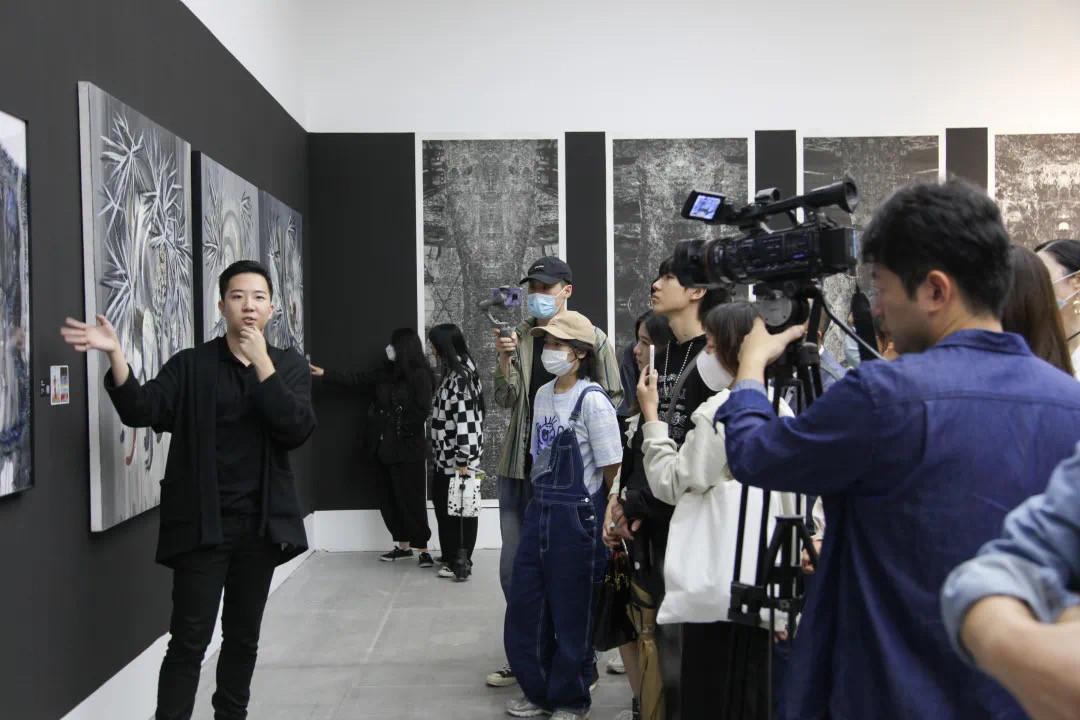
We had the good fortune of connecting with Ruibo Zhang and we’ve shared our conversation below.
Hi Ruibo, we’d love to hear more about how you thought about starting your own business?
Before I decided to be an independent curator, I worked in an art museum for two years, in which I was responsible for interfacing with artists, curators, logistics and transport companies, legal teams, galleries, construction teams, and many other different people from different parts of the world. This process allows me to have a more comprehensive and in-depth understanding of the details behind an art exhibition, from the planning to the landing of each step.
However, the exhibition schedule in the art museum is fixed, as an employee I don’t have any decision-making power, the fixed collection system of the museum determines that I can’t go out of the original framework to do exhibitions that are more inclined to my generation of artists, and I can’t curate exhibitions about my favorite art, what I can do is more inclined to the execution level.
At the invitation of an artist friend (Qiurui Du), I helped him to do his first independent exhibition in Beijing, and all my previous work experience came in handy, and that’s why I decided to try my hand at a new art practice as an independent curator.
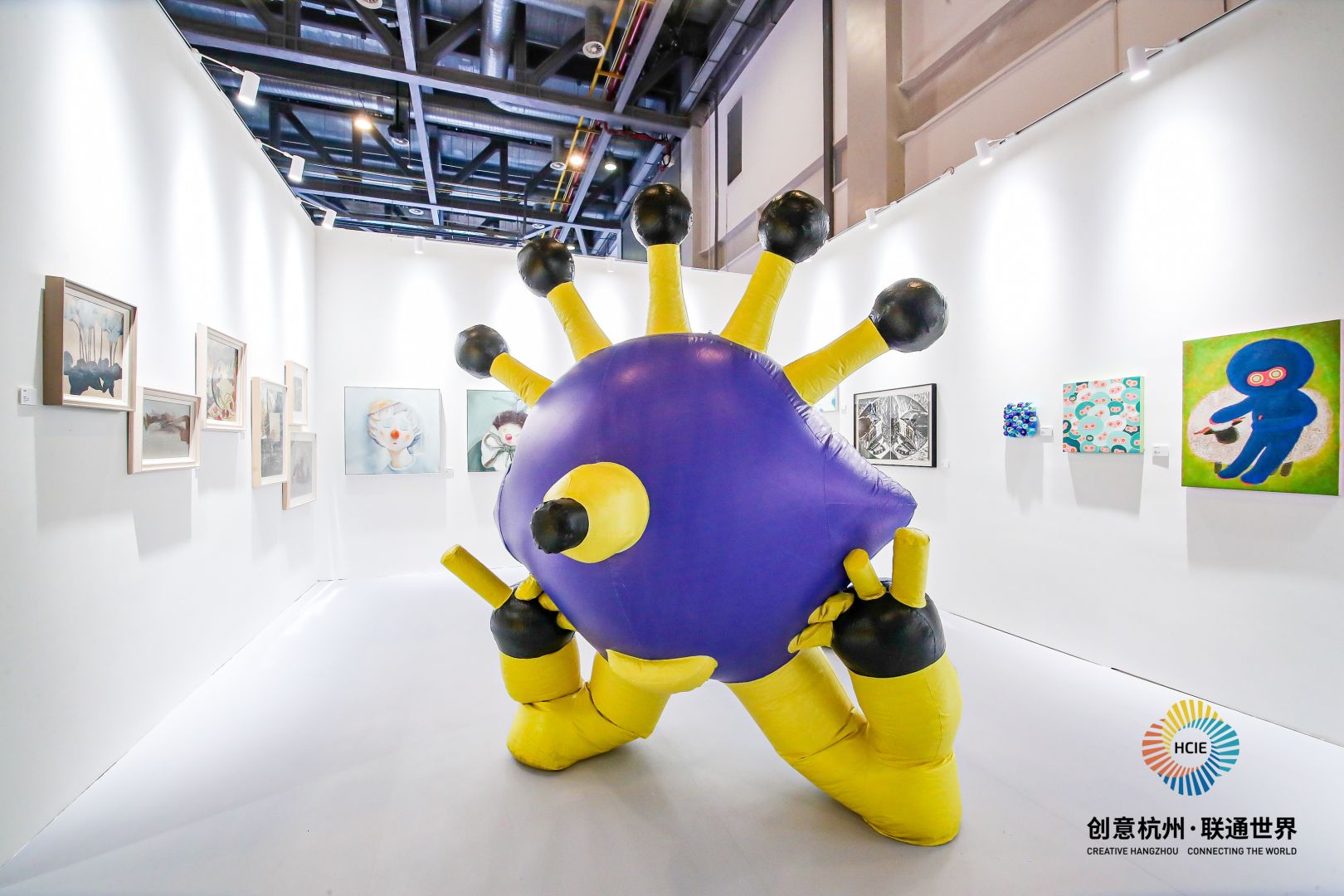
Can you open up a bit about your work and career? We’re big fans and we’d love for our community to learn more about your work.
As an independent curator, I am more concerned about the survival status and dilemma of Chinese young people in contemporary society, and try to use contemporary art exhibitions to explore the reasons for this, I think that artists have a dual perspective of participating but staying out of the way, they can feel and express the state of young people in the current society from various angles, such as survival, pressure, culture, economy, etc. Then as a curator, I am more concerned about this issue, and try to let artists answer it through their works to arouse more public recognition and reflection at the social level, even if it is controversial, which I think is also very good.
I once curated an exhibition about the negative energy deep inside, it seems that such energy is not allowed to exist in this society that advocates positivity, but as we all know, negative energy is negative energy, it is there everywhere, so I curated the exhibition “STEP INTO THE GREAT WIDDEN DARKNESS”, and I believe that artists have the responsibility to recognize these internal factors in society and convey them to others through their art. As a group of people with unique perspectives and a special right to speak, the artists reflect the inner insecurity and the pressure of survival imposed by the external society through their seemingly biased but articulate responses, and through their own artistic creations, they redraw the darkness of these unknowable and invisible inner pressures. They reflect and illustrate the social pressure, domestic violence, gender discrimination, and moral oppression faced by the younger generation in contemporary society. Like undergoing psychological healing, the artists each rebuild, repair, and embrace the wounds between memory and reality. I also hope that the audience can see these negative energies instead of hiding and ignoring them. They can criticize, they can disagree, but I want them to be seen.
Afterward, I will continue to pay attention to the social status of young people in China, such as the oppression and discrimination of the current bonus generation against the burnout generation, and let the artists answer the questions after throwing them out.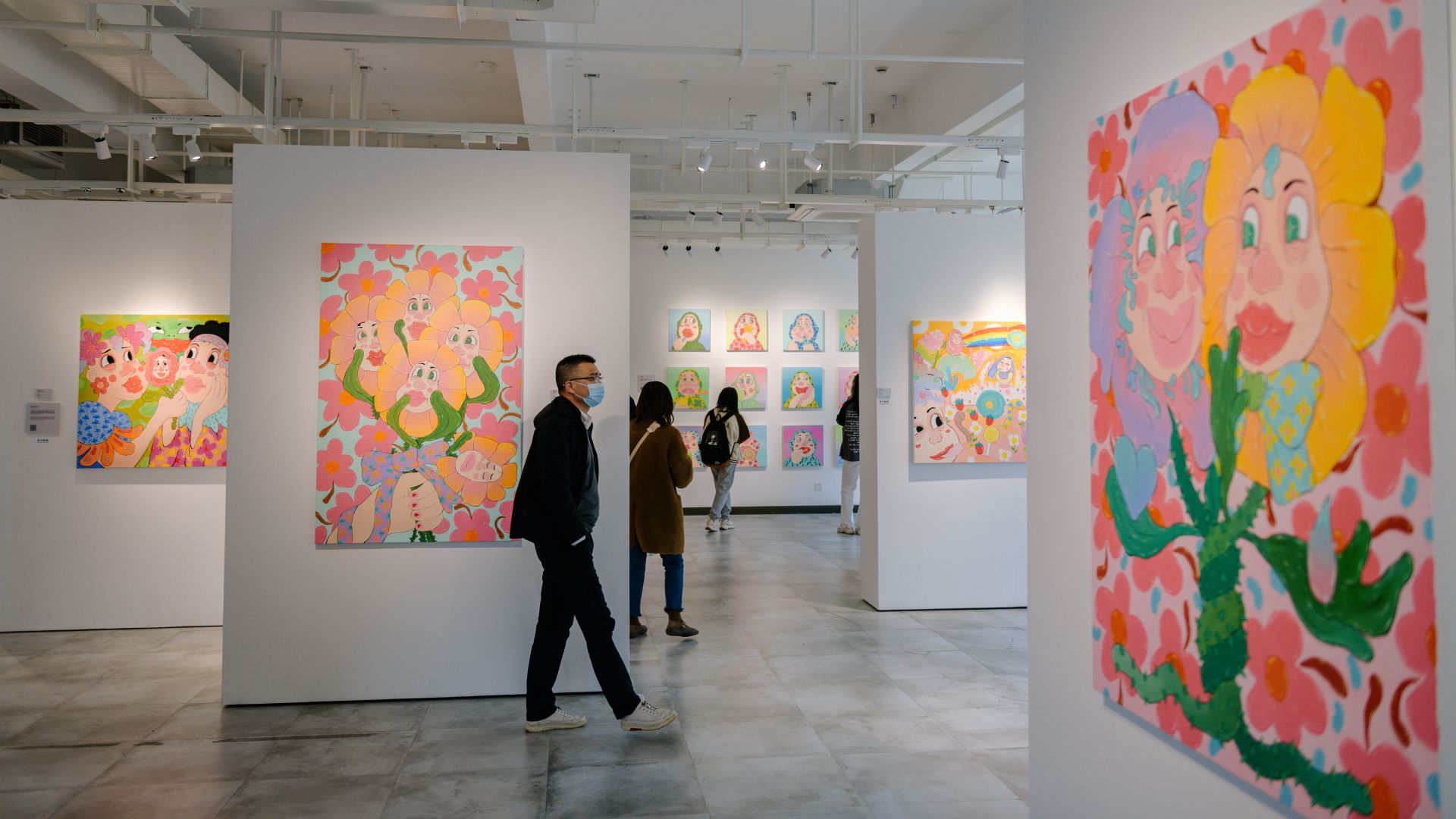
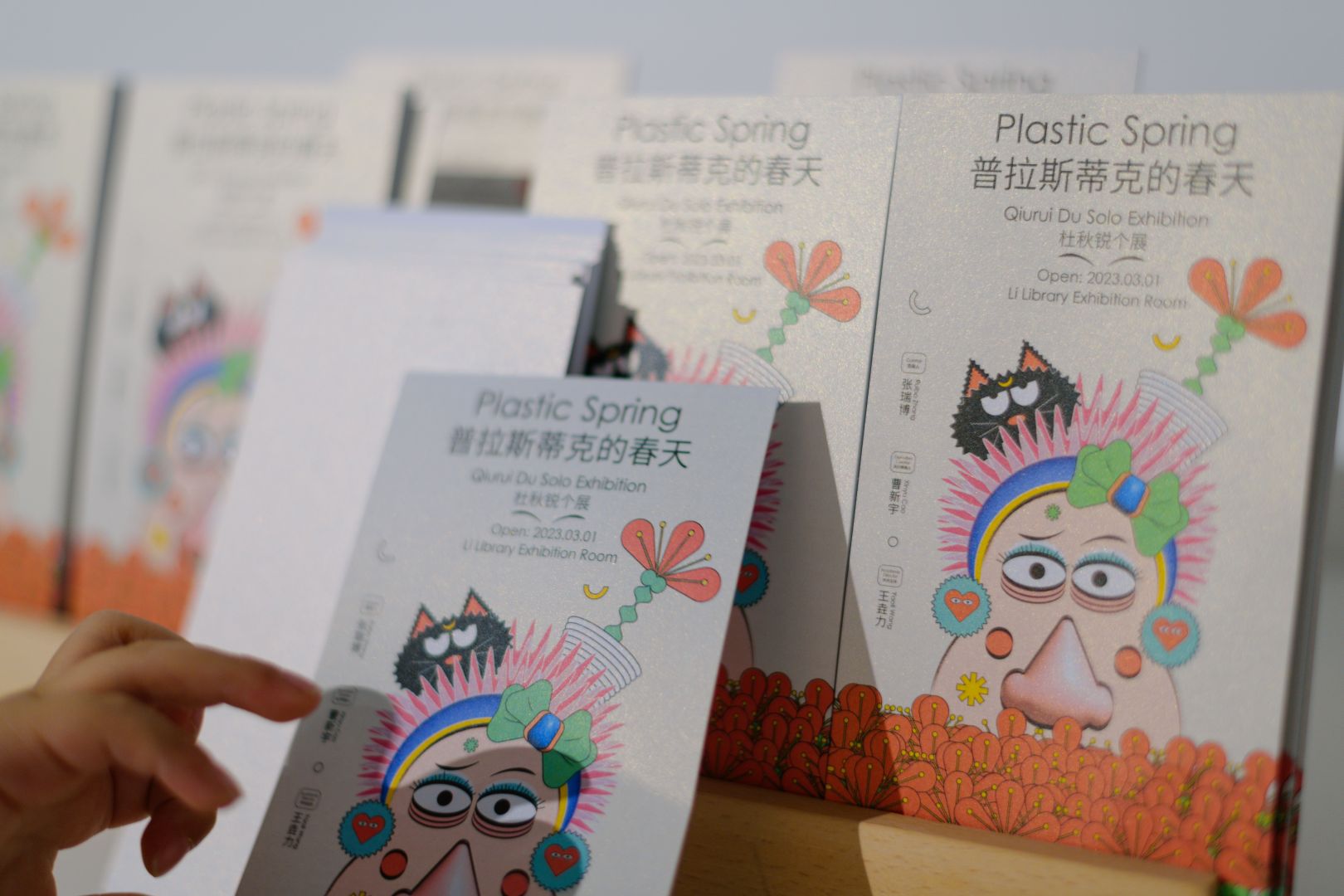
Any places to eat or things to do that you can share with our readers? If they have a friend visiting town, what are some spots they could take them to?
I am currently living in Shanghai, which I think is a city that is incredibly tolerant of contemporary art, with art happening in every corner. But I would highly recommend the downtown area of Shanghai, where there are art galleries of all sizes, and you can stroll around the city at your own pace and get a feel for the city’s vibe. The galleries are not too far from each other, so you can visit four or five galleries in two or three hours. Also, there are coffee shops everywhere, so if you feel tired, you can always get a coffee.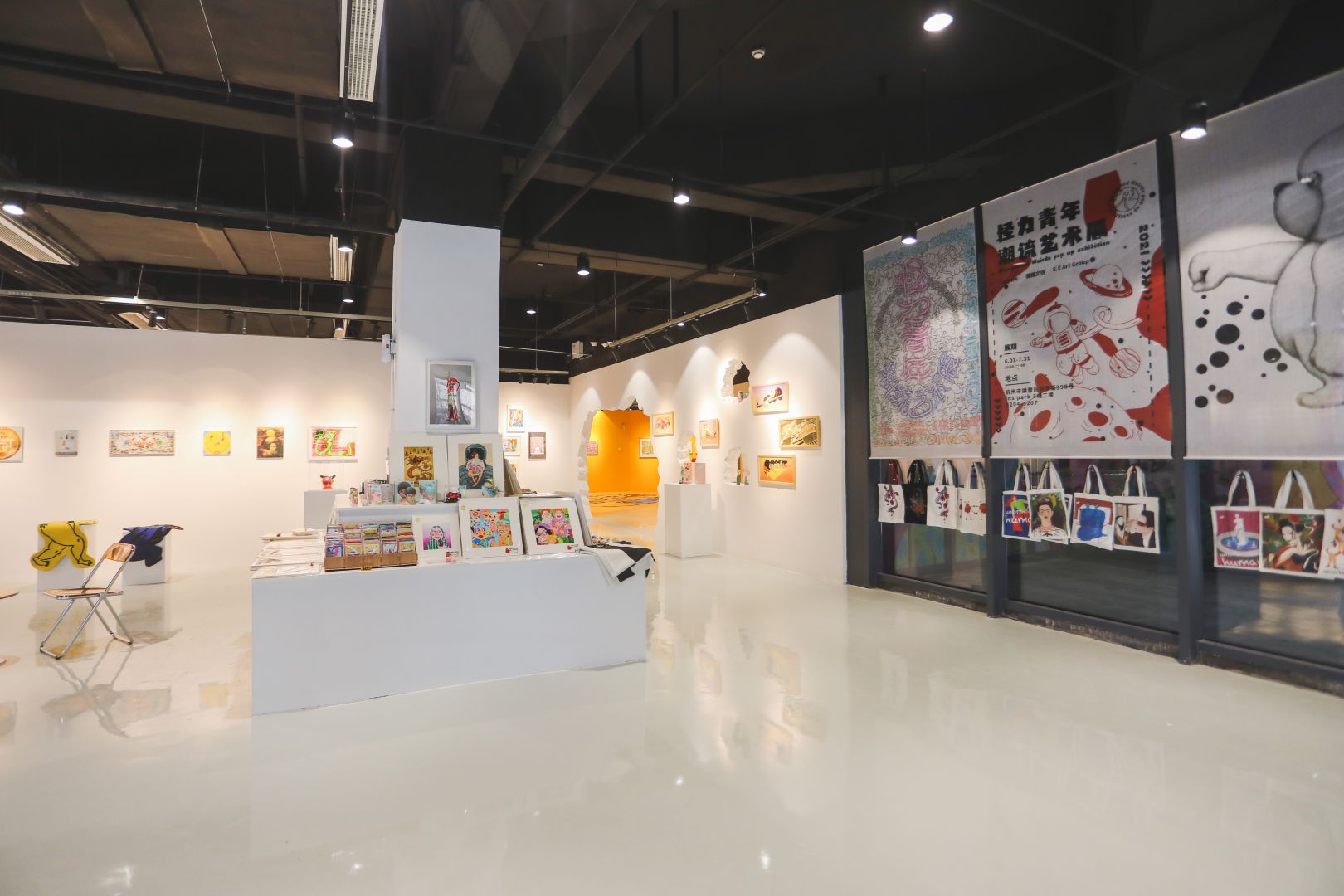

Shoutout is all about shouting out others who you feel deserve additional recognition and exposure. Who would you like to shoutout?
Firstly I would like to thank Sara Roberts, who was my professor at the University of Southampton, for encouraging me throughout my studies and recommending various opportunities to her students.
Secondly, I would like to thank the artist Qiurui Du, we started out as internet friends who had never met before, just a casual online chat. We recognized each other’s difficulties as practitioners in the emerging art scene and have encouraged each other ever since. In the course of working with him, we encountered problems that seem not worth mentioning now but were like the end of the world for us at the time, such as the absurdity of an exhibition partner using an artist’s work to blackmail the organizers for money, but we got through it all. He would introduce me to job opportunities and artist contacts. His selfless sharing of exhibitions and his attempts to build a profitable and thriving community was crucial to me, and I will continue with this vision, helping and supporting each and every one of the artists in any way I can.
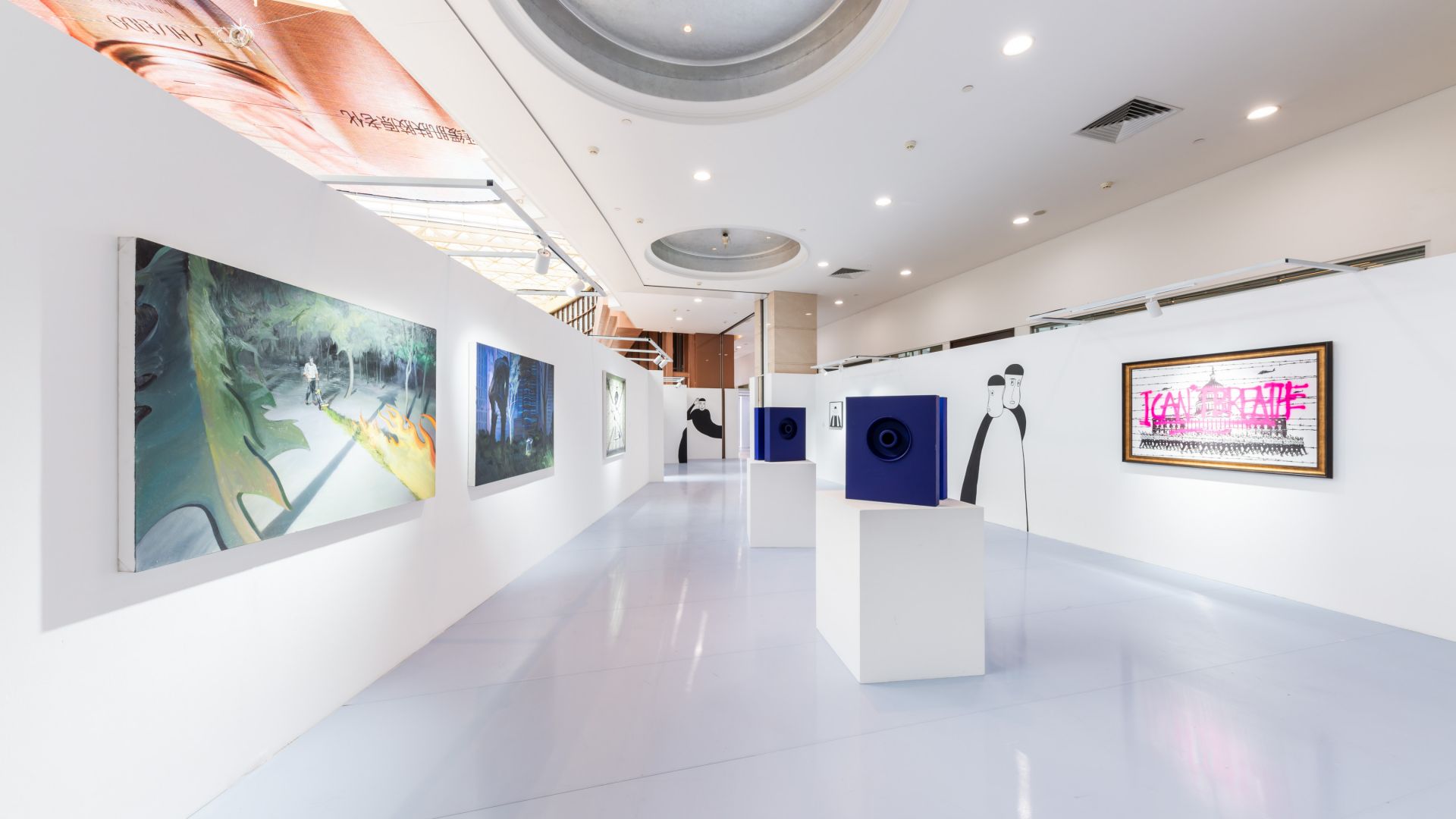
Instagram: ruuuuibo
Linkedin: www.linkedin.com/in/ruibozhang0423
